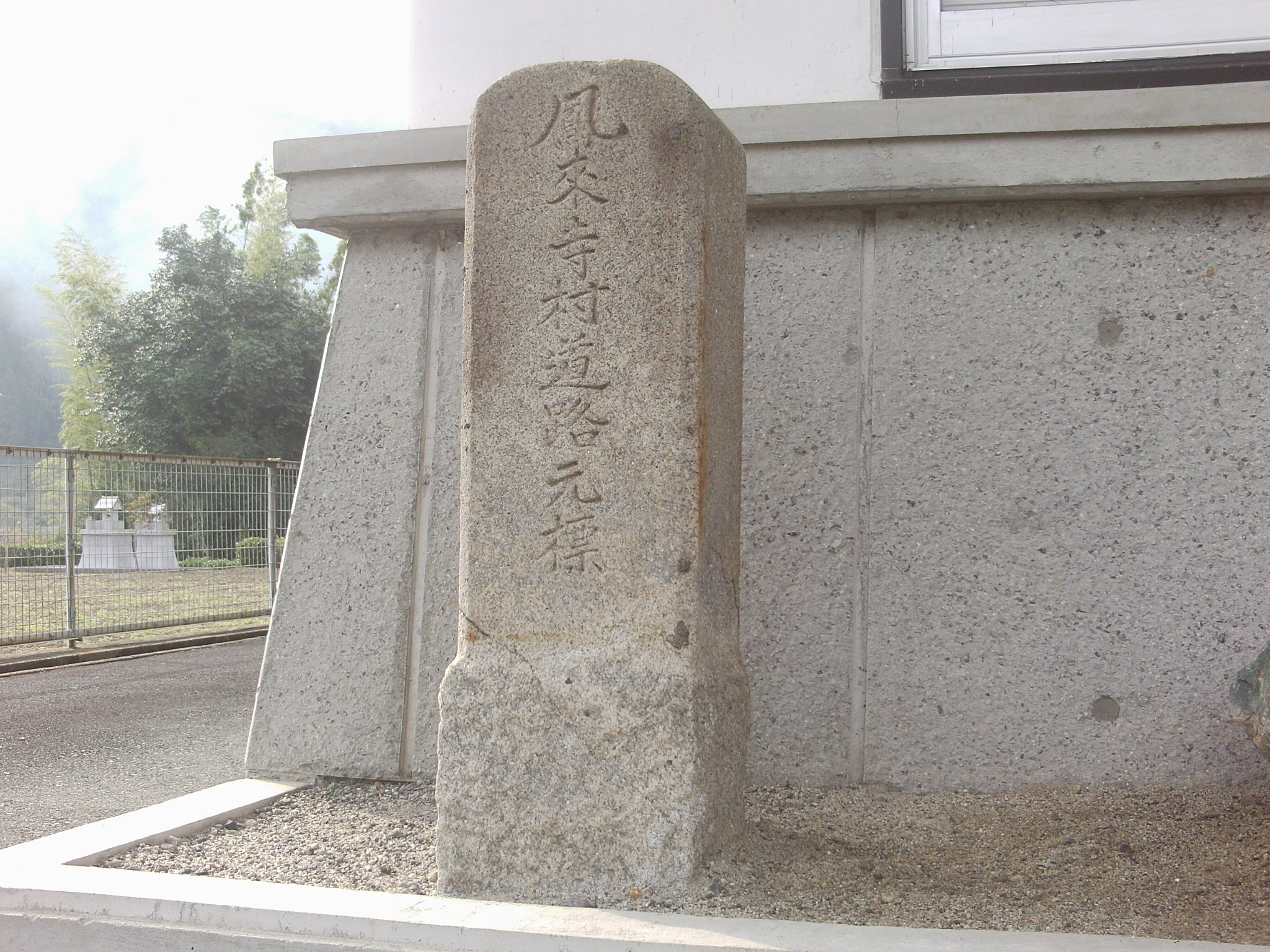Hōrai, Aichi on:
[Wikipedia]
[Google]
[Amazon]
was a
 Hōraiji village was created in the early
Hōraiji village was created in the early
town
A town is a human settlement. Towns are generally larger than villages and smaller than cities, though the criteria to distinguish between them vary considerably in different parts of the world.
Origin and use
The word "town" shares an ori ...
located in Minamishitara District, Aichi Prefecture
is a prefecture of Japan located in the Chūbu region of Honshū. Aichi Prefecture has a population of 7,552,873 () and a geographic area of with a population density of . Aichi Prefecture borders Mie Prefecture to the west, Gifu Prefectur ...
, Japan
Japan ( ja, 日本, or , and formally , ''Nihonkoku'') is an island country in East Asia. It is situated in the northwest Pacific Ocean, and is bordered on the west by the Sea of Japan, while extending from the Sea of Okhotsk in the north ...
.
As of May 1, 2004, the town had an estimated population
Population typically refers to the number of people in a single area, whether it be a city or town, region, country, continent, or the world. Governments typically quantify the size of the resident population within their jurisdiction using a ...
of 13,565 and a density
Density (volumetric mass density or specific mass) is the substance's mass per unit of volume. The symbol most often used for density is ''ρ'' (the lower case Greek letter rho), although the Latin letter ''D'' can also be used. Mathematical ...
of 51.45 persons per km2. Its total area was 263.66 km2.
Geography
Hōrai was located in east-central of Aichi Prefecture. Some 90 percent of the village area was covered in mountains and forest, and most was within the borders of theAichi Kōgen Quasi-National Park
is a quasi-national park in the Tōkai region of Honshū in Japan. It is rated a protected landscape (category III) according to the IUCN. As with neighboring Hida-Kisogawa Quasi-National Park and Tenryū-Okumikawa Quasi-National Park the park i ...
History
 Hōraiji village was created in the early
Hōraiji village was created in the early Meiji period
The is an era of Japanese history that extended from October 23, 1868 to July 30, 1912.
The Meiji era was the first half of the Empire of Japan, when the Japanese people moved from being an isolated feudal society at risk of colonization ...
cadastral reform on 1878, but has existed since at least the Muromachi period
The is a division of Japanese history running from approximately 1336 to 1573. The period marks the governance of the Muromachi or Ashikaga shogunate (''Muromachi bakufu'' or ''Ashikaga bakufu''), which was officially established in 1338 by t ...
as a monzen machi to the mountain cult temple of Hōrai-ji.
On April 1, 1956, Hōraiji and Nagashino villages merged with Nanago village and Ono Town from Yana District to form the town of Hōrai. They were joined by Ebi Town from Minamishitara District and Yamayoshida Village from Yana District on September 30 of the same year.
On October 1, 2005, Hōrai, along with the village of Tsukude
was a village located in Minamishitara District, Aichi Prefecture, Japan.
As of May 1, 2004, the village had an estimated population of 3,263 and a . Its total area was .
Geography
Tsukude was located in east-central of Aichi Prefecture. Some ...
(also from Minamishitara District), was merged into the expanded city of Shinshiro
is a city located in Aichi Prefecture, Japan. , the city had an estimated population of 44,581 in 17,691 households, and a population density of 89.3 persons per km². The total area of the city is .
Geography
Shinshiro is located in east-cent ...
and has ceased to exist as an independent municipality
A municipality is usually a single administrative division having corporate status and powers of self-government or jurisdiction as granted by national and regional laws to which it is subordinate.
The term ''municipality'' may also mean the go ...
.
Recreation
Mount Horai, Aichi is a climbing area located just north of Shinshiro. It is an area with bothbouldering
Bouldering is a form of free climbing that is performed on small rock formations or artificial rock walls without the use of ropes or harnesses. While bouldering can be done without any equipment, most climbers use climbing shoes to help sec ...
and hard sport climbing
Sport climbing (or Bolted climbing) is a form of rock climbing that relies on permanent anchors (or bolts), permanently fixed into the rock for climber protection, in which a rope that is attached to the climber is clipped into the anchors to ...
, up to 5.14d, on steep volcanic rock.
''Byaku-dou'' (V15) and ''Epitaph'' (V15) are well known boulder
In geology, a boulder (or rarely bowlder) is a rock fragment with size greater than in diameter. Smaller pieces are called cobbles and pebbles. While a boulder may be small enough to move or roll manually, others are extremely massive.
In c ...
problems opened by Dai Koyamada
Dai Koyamada ( ja, 小山田大, born 23 August 1976) is a Japanese rock climber
Rock climbing is a sport in which participants climb up, across, or down natural rock formations. The goal is to reach the summit of a formation or the endpoint ...
.
Climbers are not allowed to leave quick-draws hanging from the routes overnight. According to the priests in charge of the many shrines on Mount Horai, this would greatly upset the numerous spirits that visit the forest.
References
Dissolved municipalities of Aichi Prefecture Shinshiro, Aichi {{Aichi-geo-stub